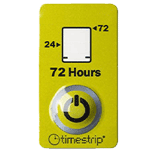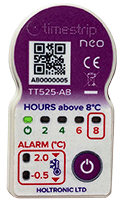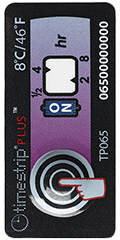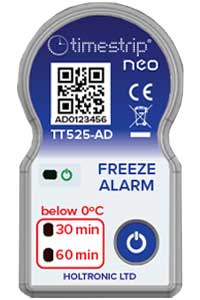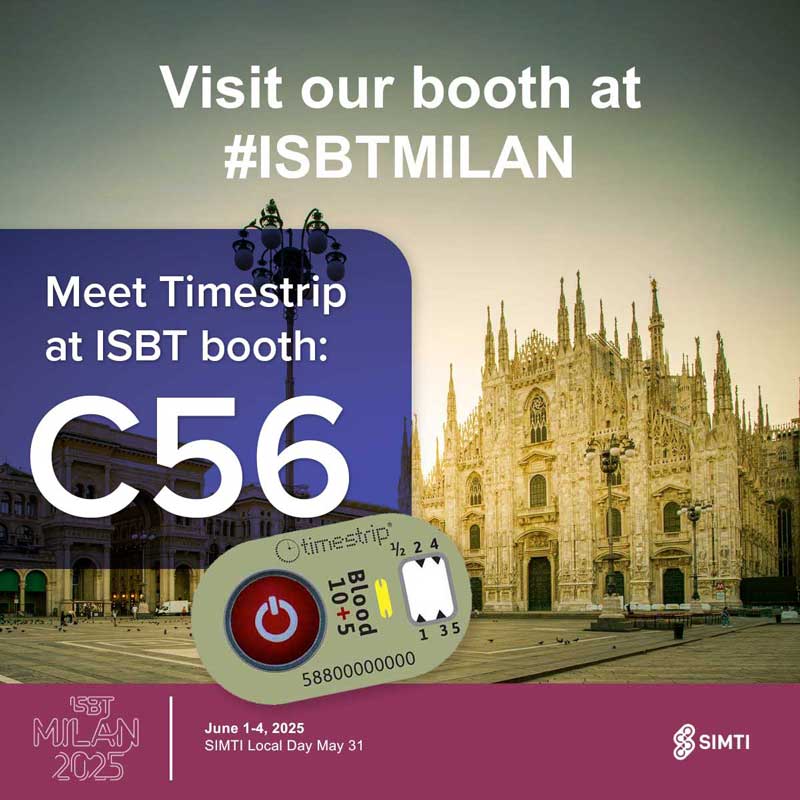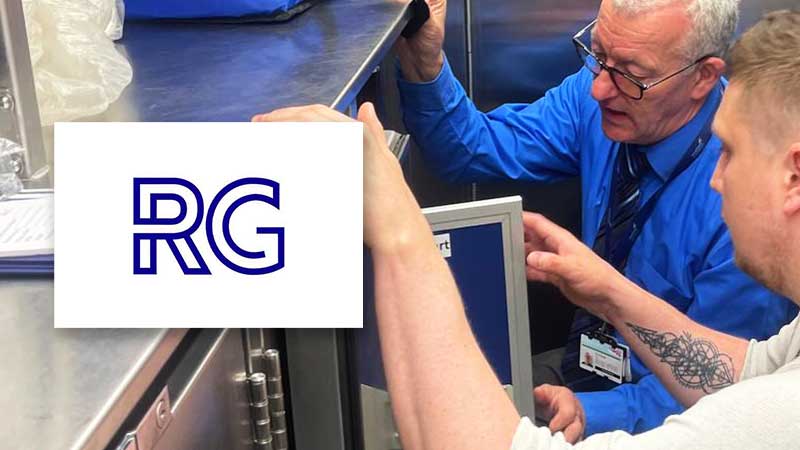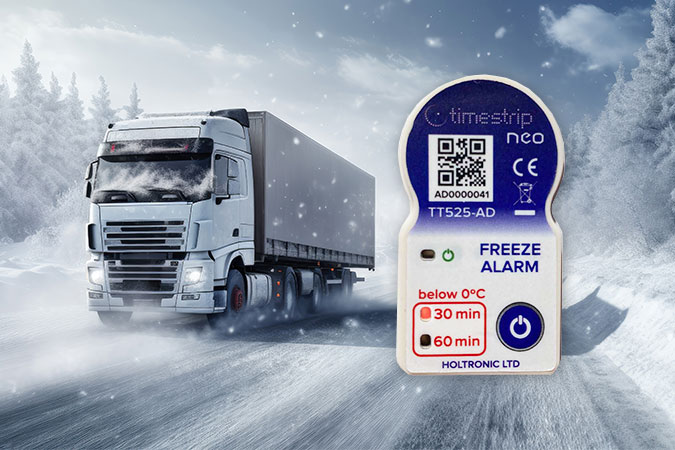
Understanding Freeze Alarms
In today's interconnected world, technology not only simplifies our lives but also ensures the safety and integrity of various products, especially those sensitive to temperature fluctuations.
Freeze alarms, like the Timestrip neo Freeze Alarm, are designed to provide warnings when temperatures drop below freezing levels i.e. 0ºC. These indicators play a crucial role in safeguarding goods, avoiding wastage and supporting supply chain control systems.
The Need for Freeze Alarms
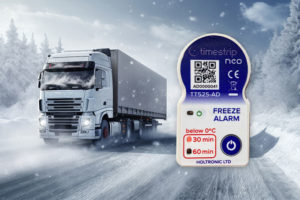
Freeze alarms are a preventive measure against such damage. They help maintain the integrity of goods during transit, storage, or in facilities by promptly notifying users of unfavourable temperature drops. This early warning system empowers individuals or organizations to take immediate action, preventing potential losses.
How Freeze Alarms Work
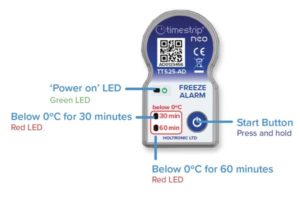
Once the temperature falls below the set threshold, the alarm triggers a visible freeze alert. Signals are shown at 30 and 60 minutes showing the duration of the breach. This warning allows users to swiftly address the situation by relocating goods, adjusting environmental controls, or taking necessary measures to prevent damage.
Freeze alarms find applications across various industries:
- Pharmaceuticals and Healthcare: Vital medications and vaccines often require specific temperature ranges for efficacy. Freeze alarms ensure these crucial supplies remain within the safe temperature zone, preserving their potency.
- Food Temperature Shipments: Perishable goods, such as fruits, vegetables, and dairy products, are highly susceptible to freezing temperatures. Alarms prevent spoilage and maintain product quality.
- Logistics and Shipping: During transportation, goods may be exposed to varying climatic conditions. Freeze alarms installed in shipping containers or storage facilities help logistics professionals monitor temperature changes and intervene if necessary.
Choosing the Right Freeze Alarm
When considering a freeze alarm, several factors should be taken into account:
- Accuracy: Ensure the alarm has precise temperature sensors and reliable thresholds to accurately detect freezing conditions. The Timestrip neo Freeze Alarm is accurate to better than 0.5ºC.
- Alert System: Look for alarms with clear visible alerts, requiring no training or external equipment to interpret the results.
- Battery Life and Durability: Assess the device's battery life and durability, especially for long-term applications or harsh environmental conditions.
- Cost: Low cost indicators can be widely deployed throughout the supply of packaged goods, meaning that only individual batches may need to be discarded.
Freeze alarms like the Timestrip neo Freeze Alarm serve as essential guardians against temperature-related damage. Their ability to provide timely warnings about freezing conditions is invaluable, safeguarding the integrity of sensitive products.
As technology continues to advance, these devices evolve to offer more accurate and efficient monitoring, contributing significantly to various industries' operational reliability and safety.

